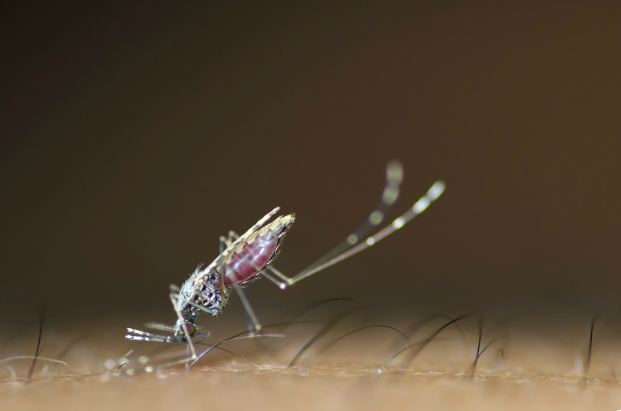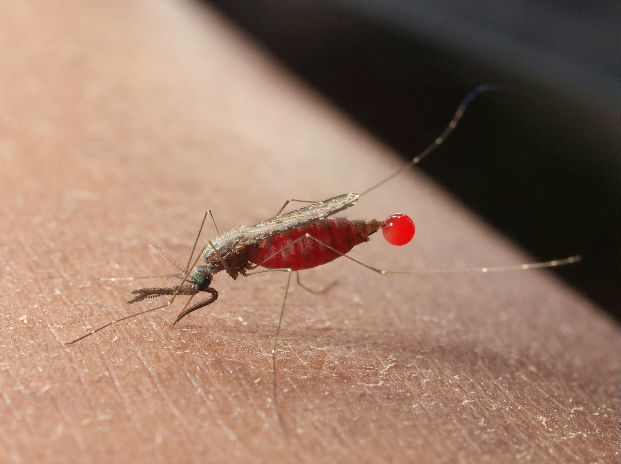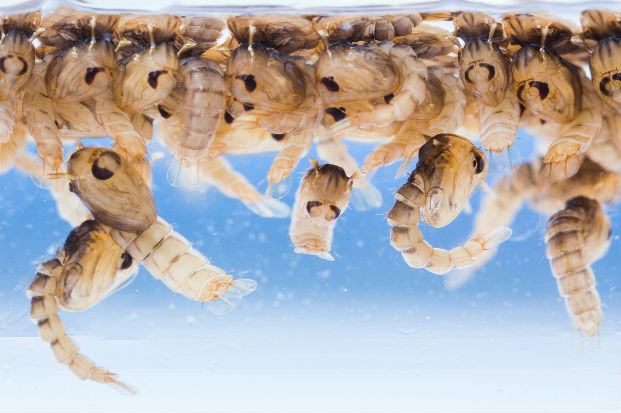Measuring just 0.3 to 2 cm and weighing a mere 2.5 mg the mosquito is a midge-like fly that brings suffering to many. Of 3,000 species just 3 types are responsible for millions of deaths around the world. The fly itself is harmless but they carry disease. The mortality rate is especially high amongst children and the elderly in developing countries. On average a mosquito will live for 2 weeks but it can survive for as long as 6 months.
Vote for the fact you find most fascinating
Mosquito larvae develop in the water where they hatched. They sit just below the surface breathing through a snorkel-like appendage. Should they be disturbed they will sink to the bottom to escape danger.
Mosquitoes are harmless but some species carry disease. The female anopheles mosquito carries the parasite responsible for malaria and other diseases such as filariasis, also known as elephantiasis.
Mosquitoes find their victims by the carbon dioxide which they emit as well as from body odour and temperature, and movement.
An enzyme in the female mosquito’s saliva acts as an anticoagulant to prevent the blood from clotting. This is what causes a red bump to form and the skin to itch after a bite.
Throughout the world there are over 3,000 species of mosquito but only 3 are responsible for spreading devastating diseases.
The female mosquito has a long proboscis called the labium which includes a hollow tube called the hypopharynx. The latter is used to pump saliva into the victim which acts as an anticoagulant to stop the blood from clotting. Blood can then be sucked up via the labium.
The malaria parasite will live in the gut of a female anopheles mosquito. From there it will enter a host via the mosquito’s proboscis as it feeds on blood.
It is only the female mosquito that bites. She does so for the protein in the blood which is required for the development of her eggs. For nourishment both the male and female feed on nectar and fruit juices.







